The Natural Park of the Serra de São Mamede (PNSSM) is located in the Province of Alto Alentejo, next to the border with Spain. It is a protected mountain area with around 56,000 ha. This natural park is characterized by some gentle hills in the south, but towards the north it will rise up to more than 1,000 m, with some impressive quartzitic crests. It is home to unique and endangered fauna and flora, with particular relevance to several birds of prey.

I first visited this area more than 30 years ago, while doing geological fieldwork. I was immediately captivated by its beauty, and have returned several times since. There are many places of interest to visit, as the region has been settled since prehistoric times; there are important megalithic sites, Roman ruins in Ammaia, and the impressive medieval castles of Marvão and Castelo de Vide. This time I spent 3 days, and have visited the villages of Ouguela, Esperança, Marvão, and Castelo de Vide. I will break this article into two parts, for sake of simplicity.
We can start our journey in the small town of Esperança, in the south of the park. As usual, I took a couple of walks before sunrise and close to sunset, as the landscape is very beautiful, with rural fields where animals graze amongst the typical oak trees of Alentejo. There are several wine houses and vineyards in the region, famous for its wine. Nearby you can also visit the prehistoric site of Lapa dos Gaivões, where 3,000 years ago our ancestors took shelter under a huge quartzitic slab.

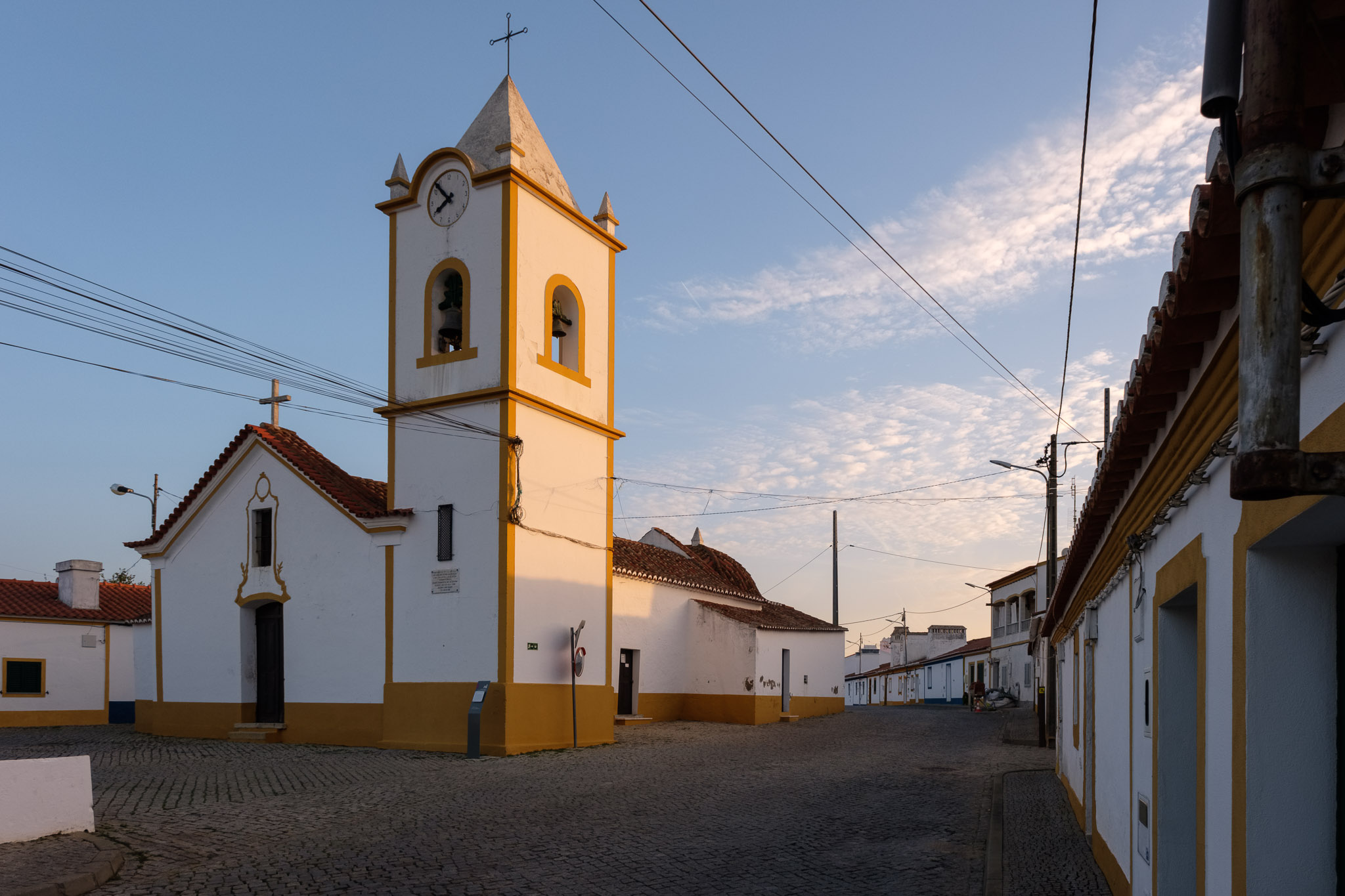

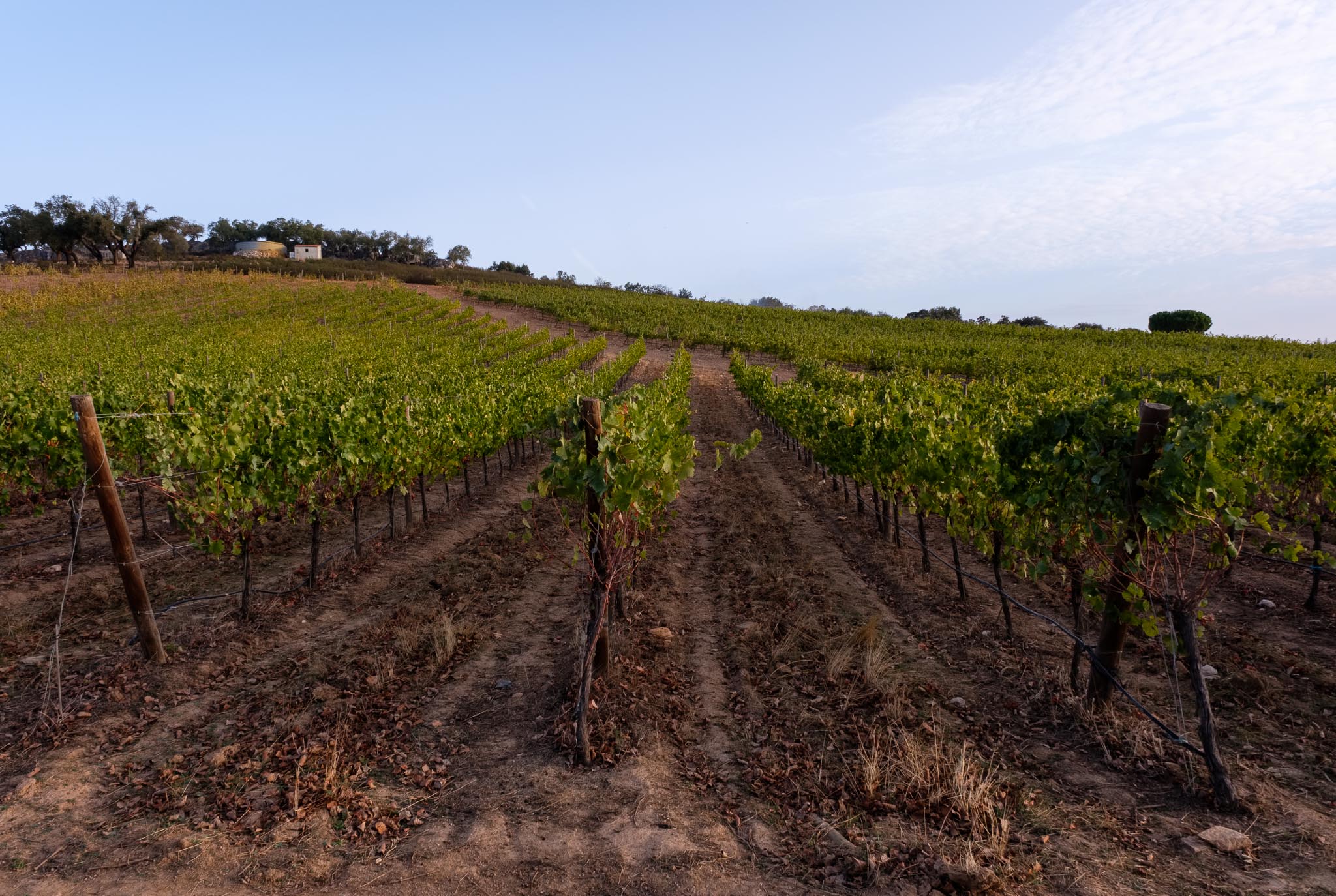
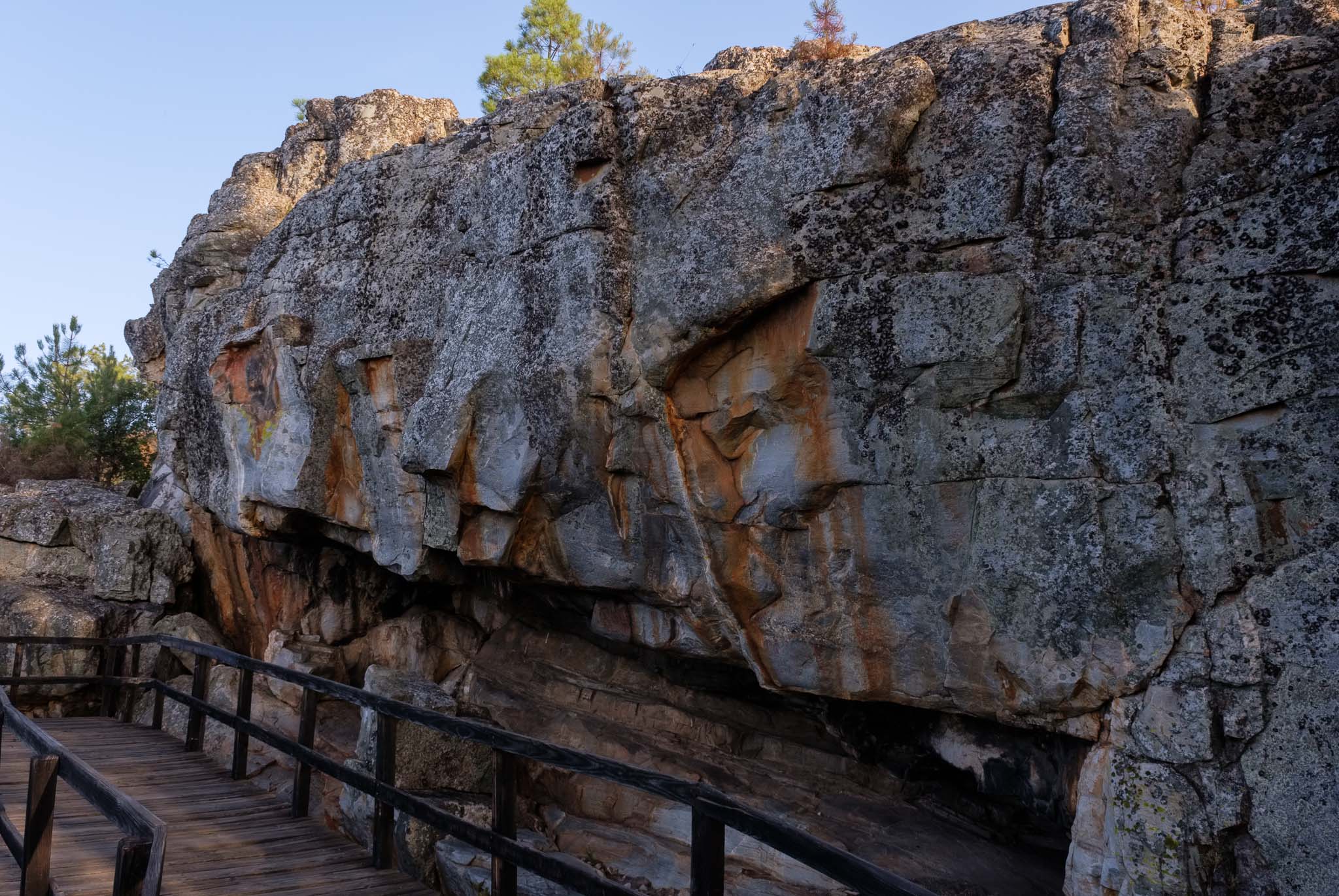
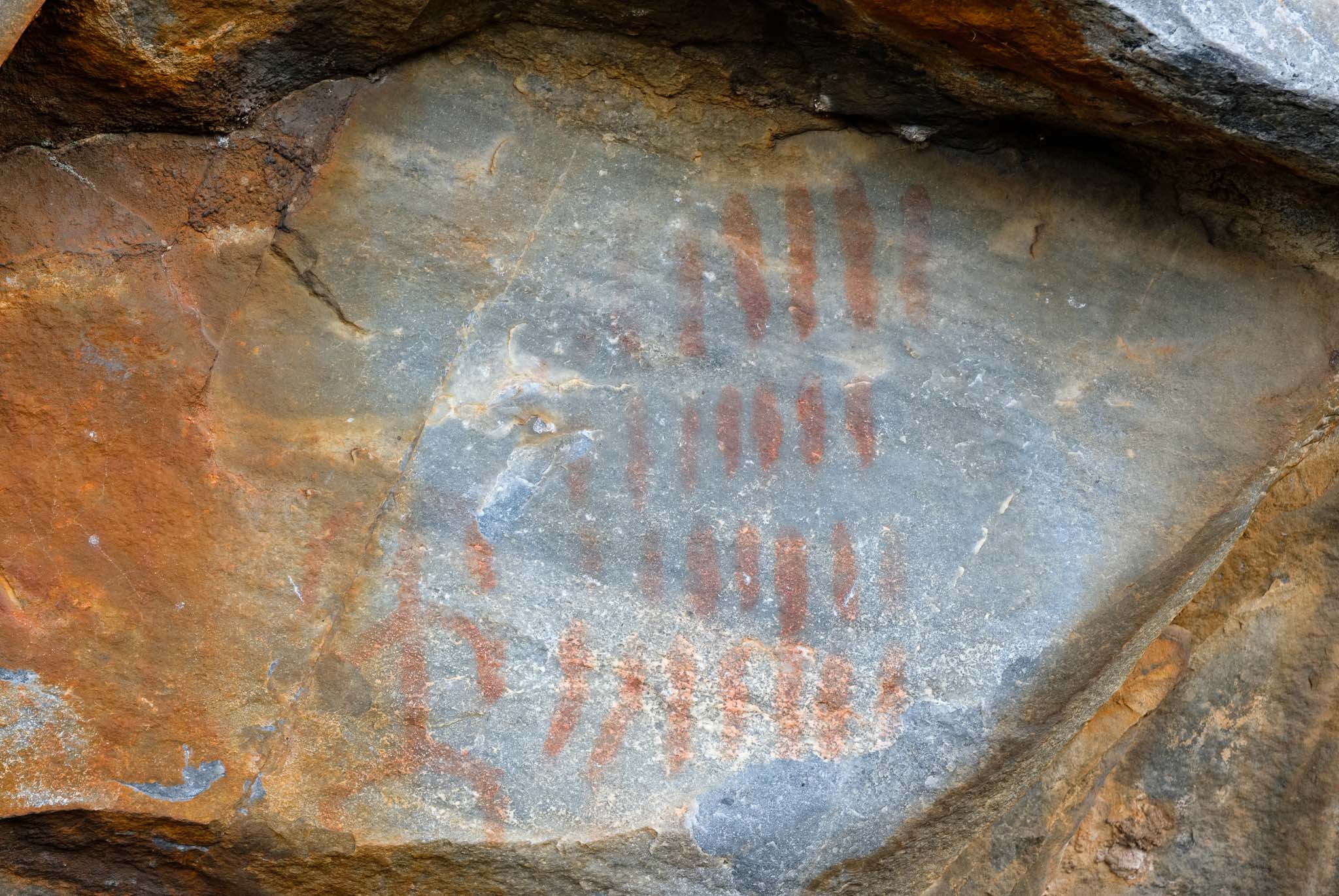

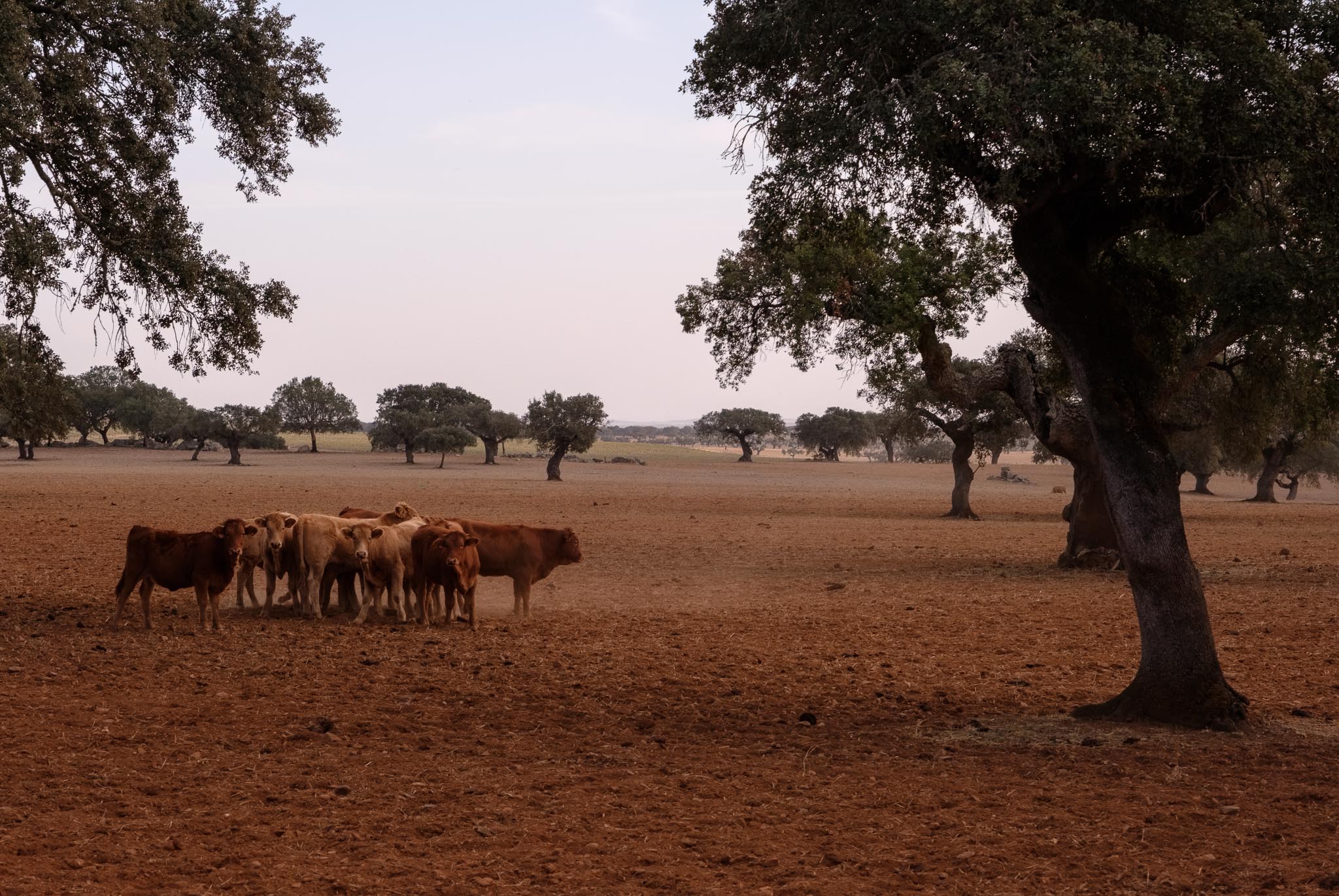
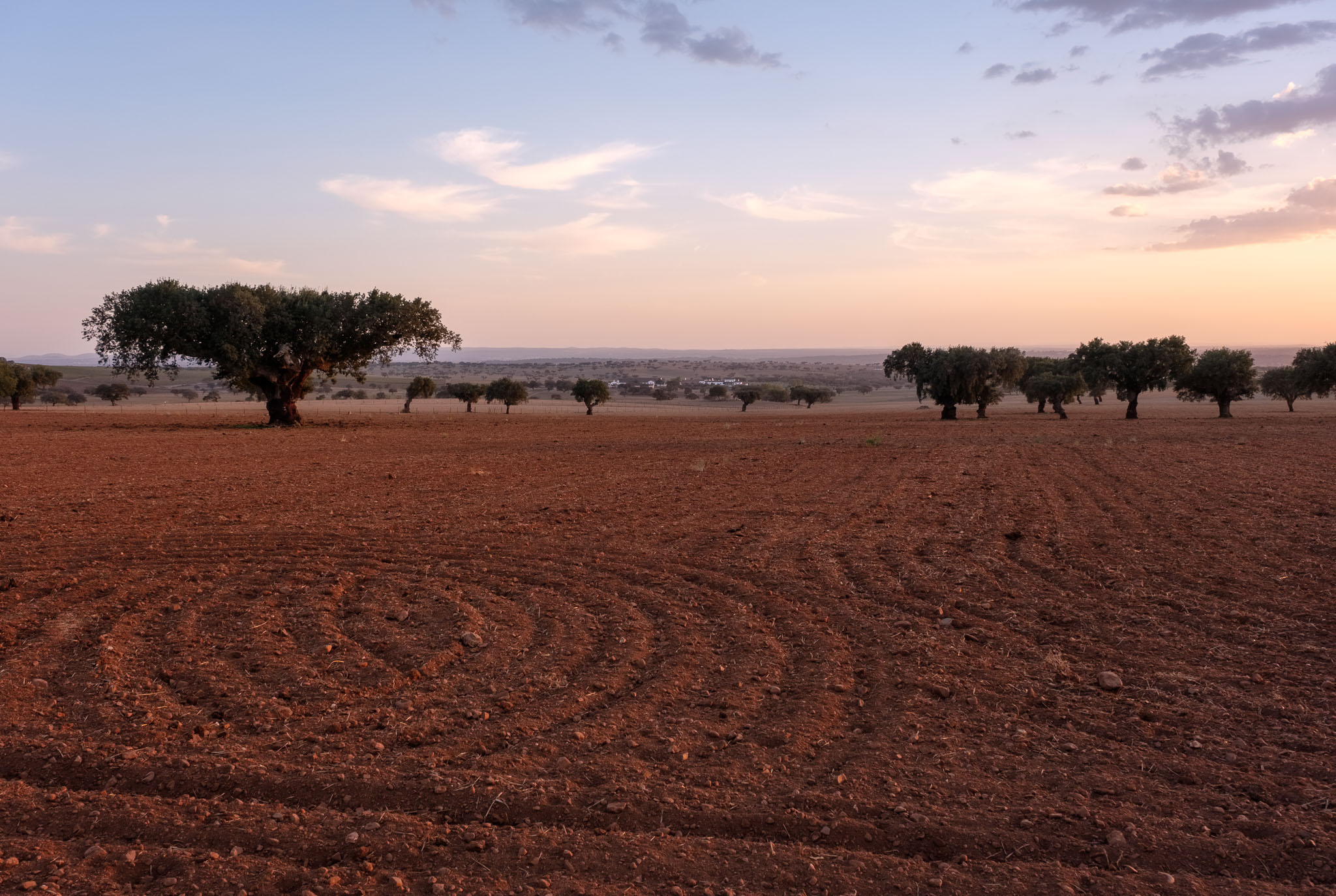
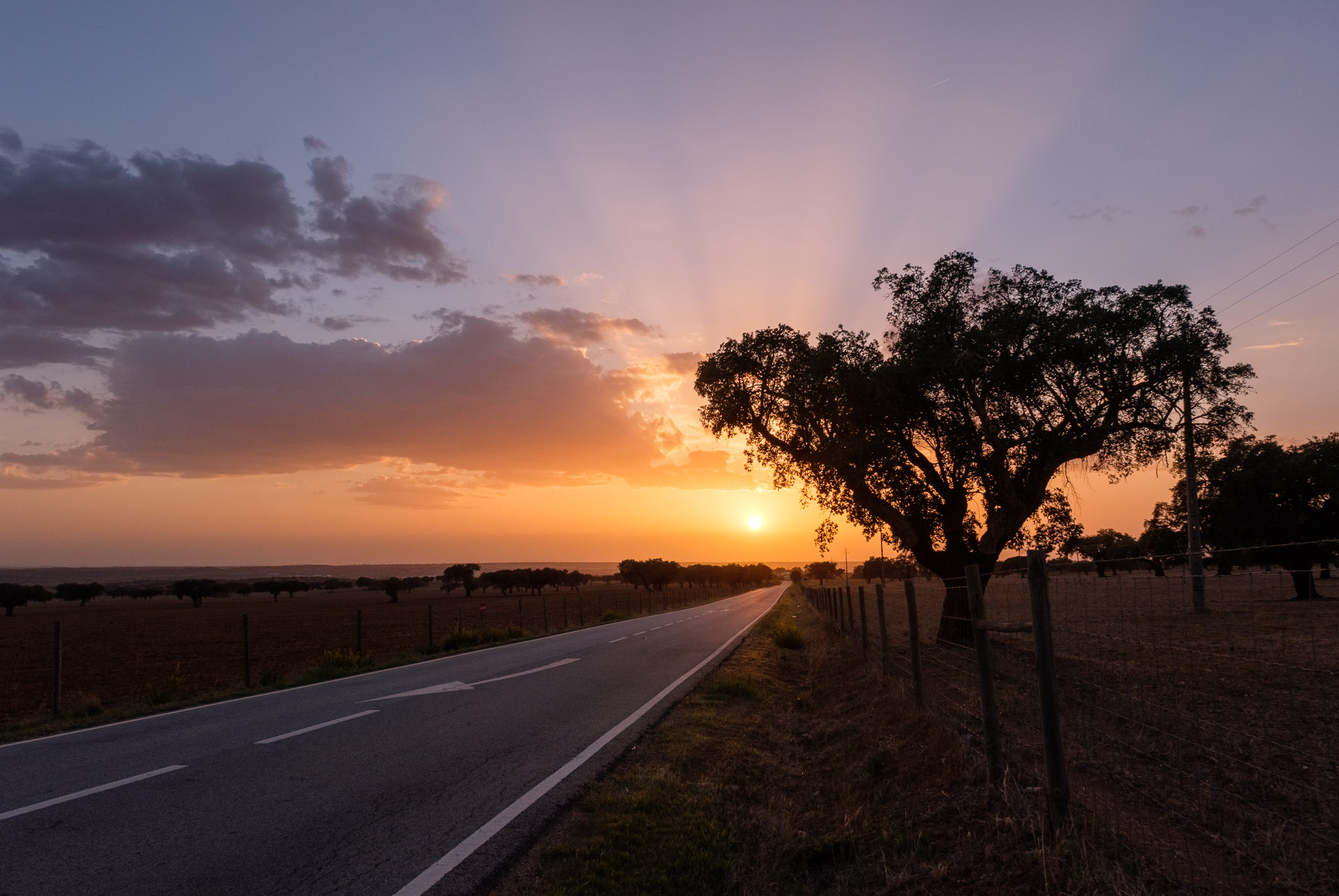
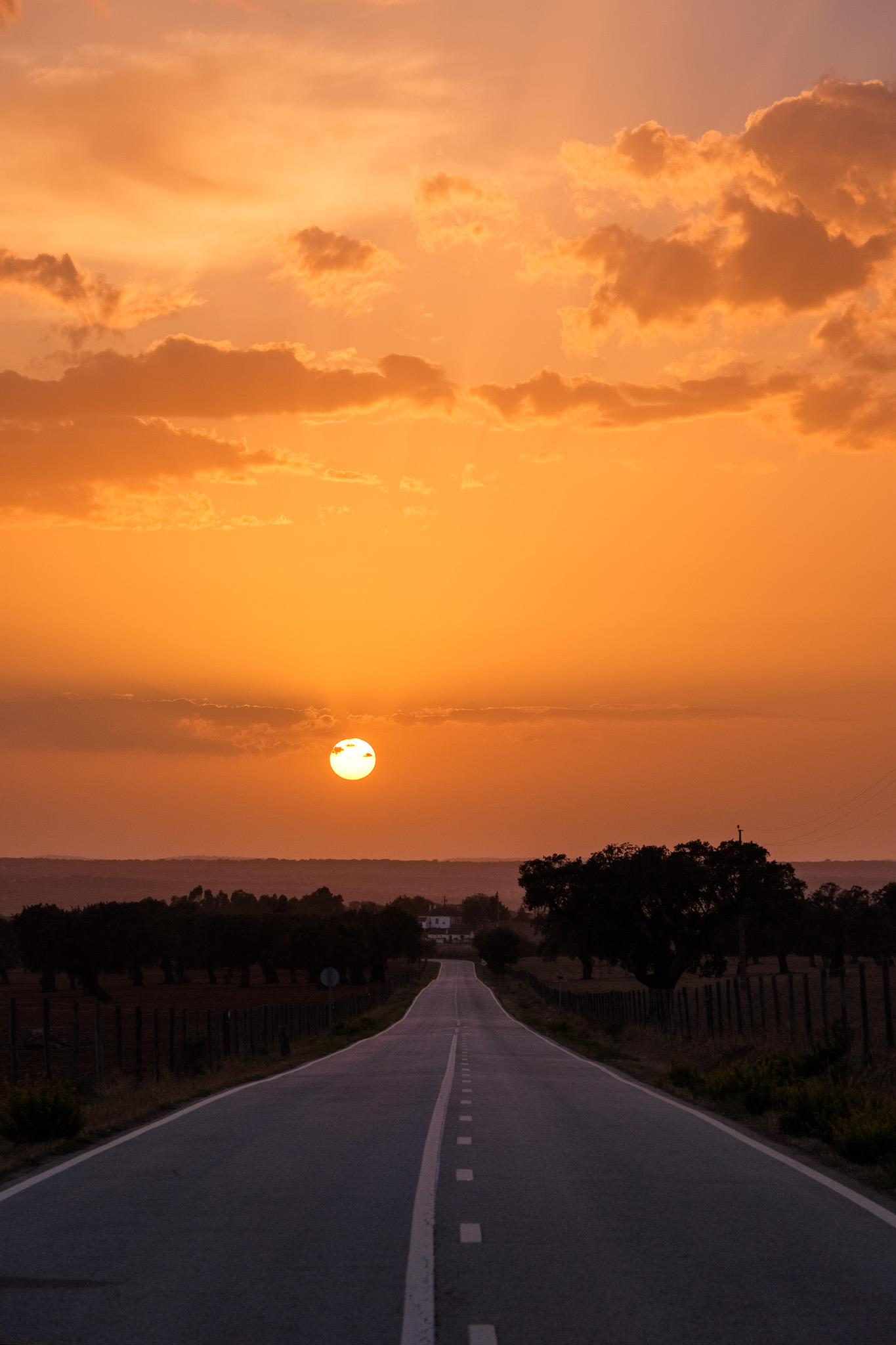

Ouguela is one of those places where time seems to have stopped. A small castle sits at the top of a hill, with the ramparts encircling a few houses. It’s history goes back at least to the 13th century, and has endured a lot of border disputes between Portugal and Spain. Today, one enters the village to reach a central square, where silence dominates. A few people still live there, and the surrounding fields are planted with olive trees.
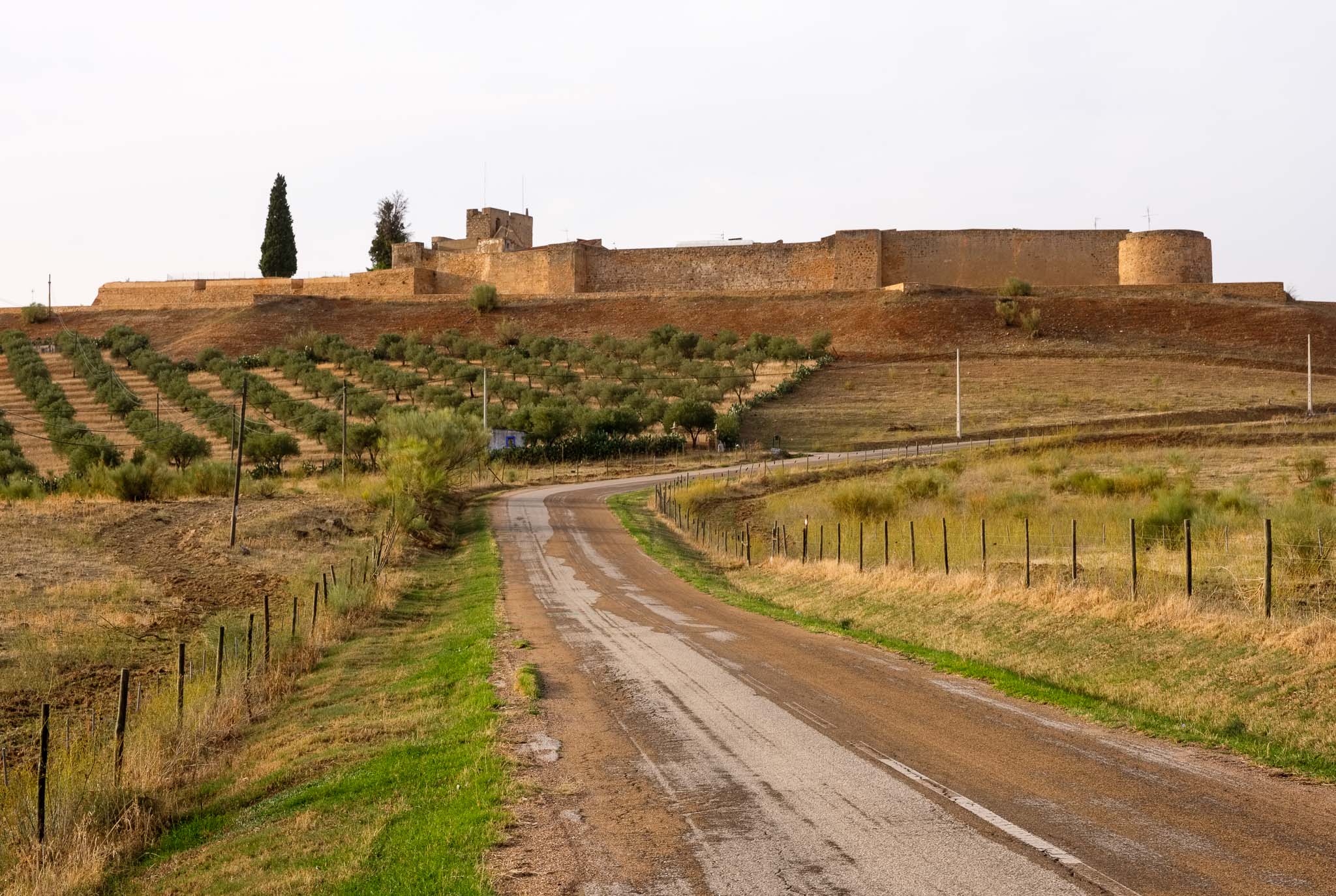

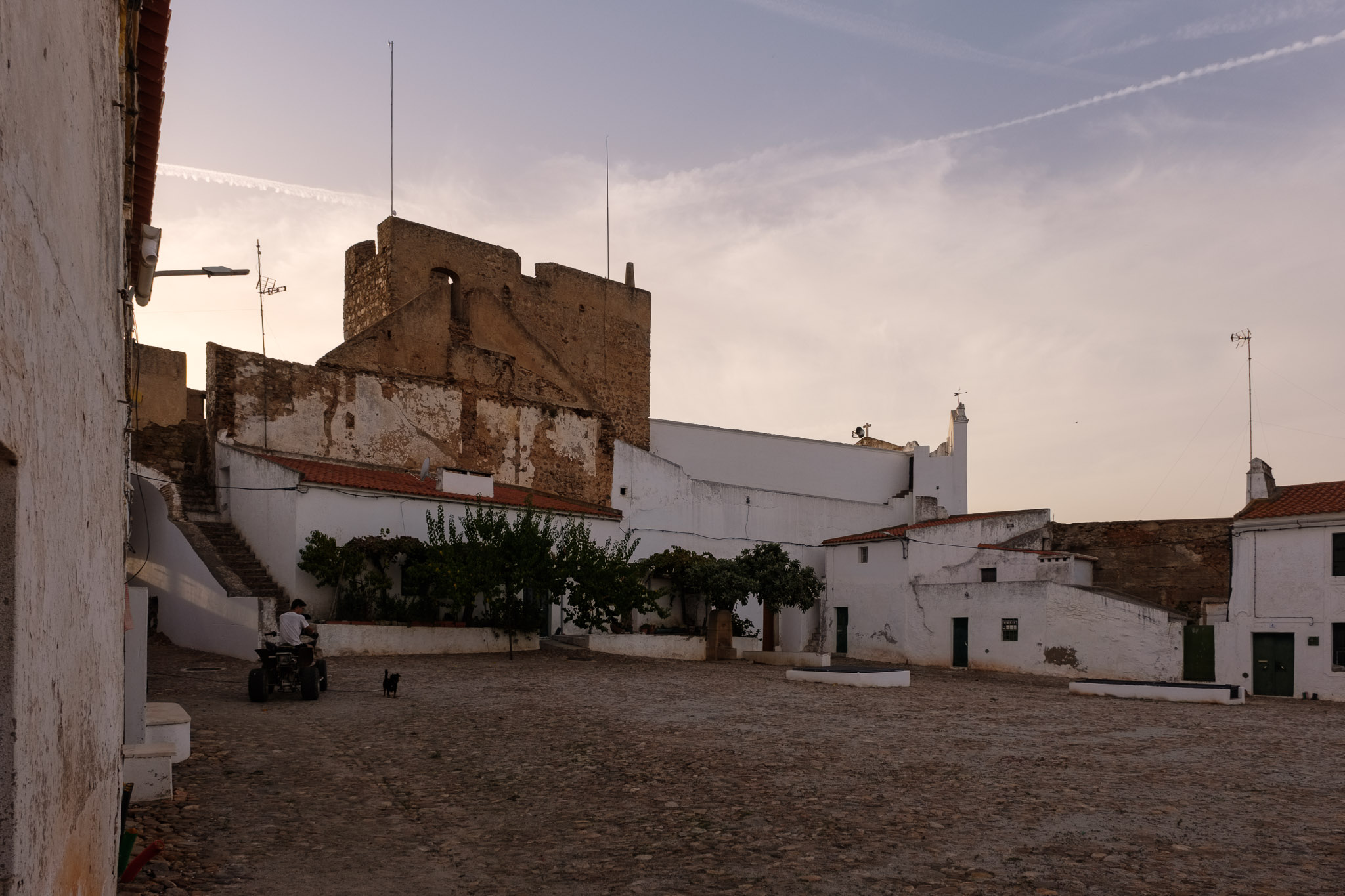
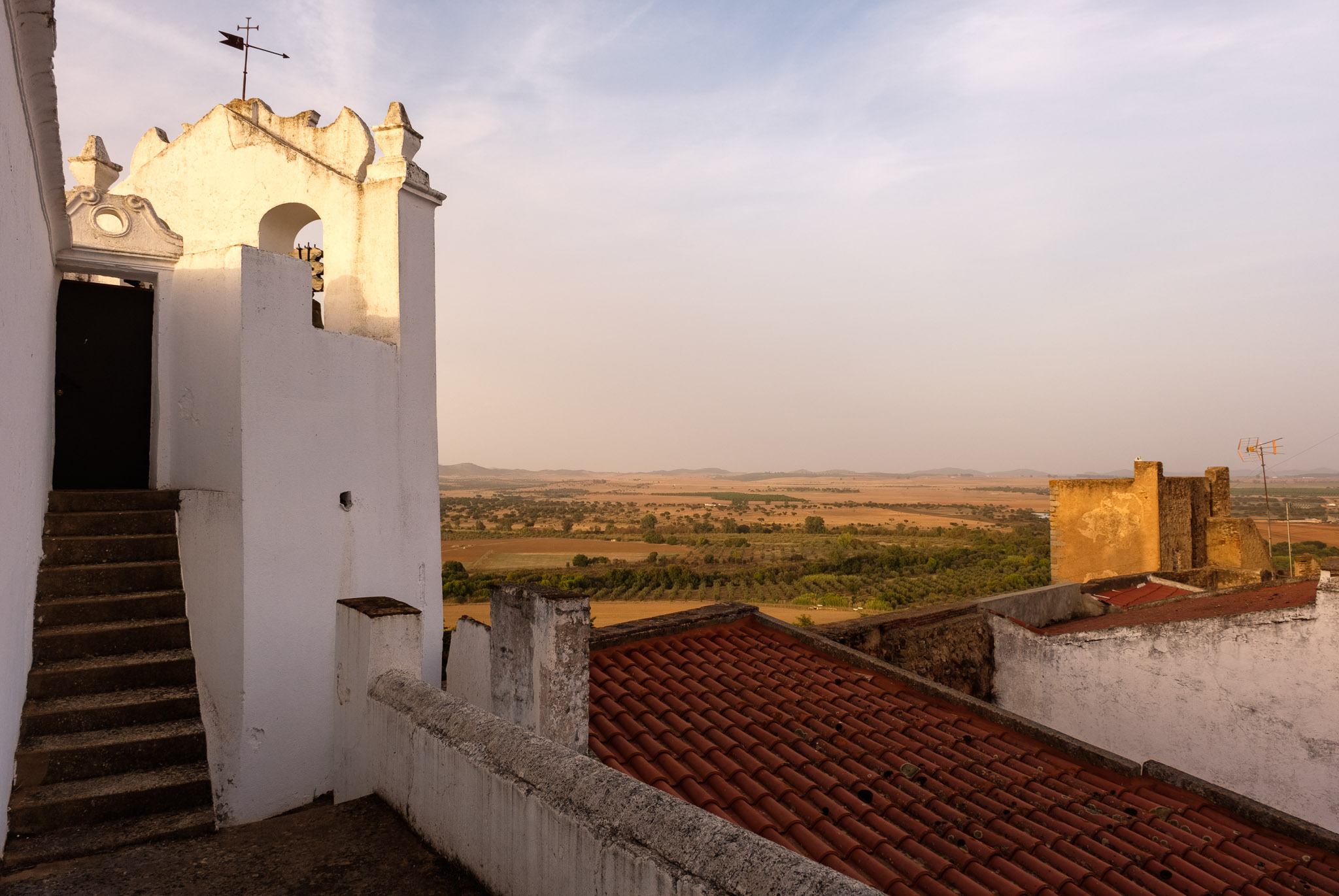
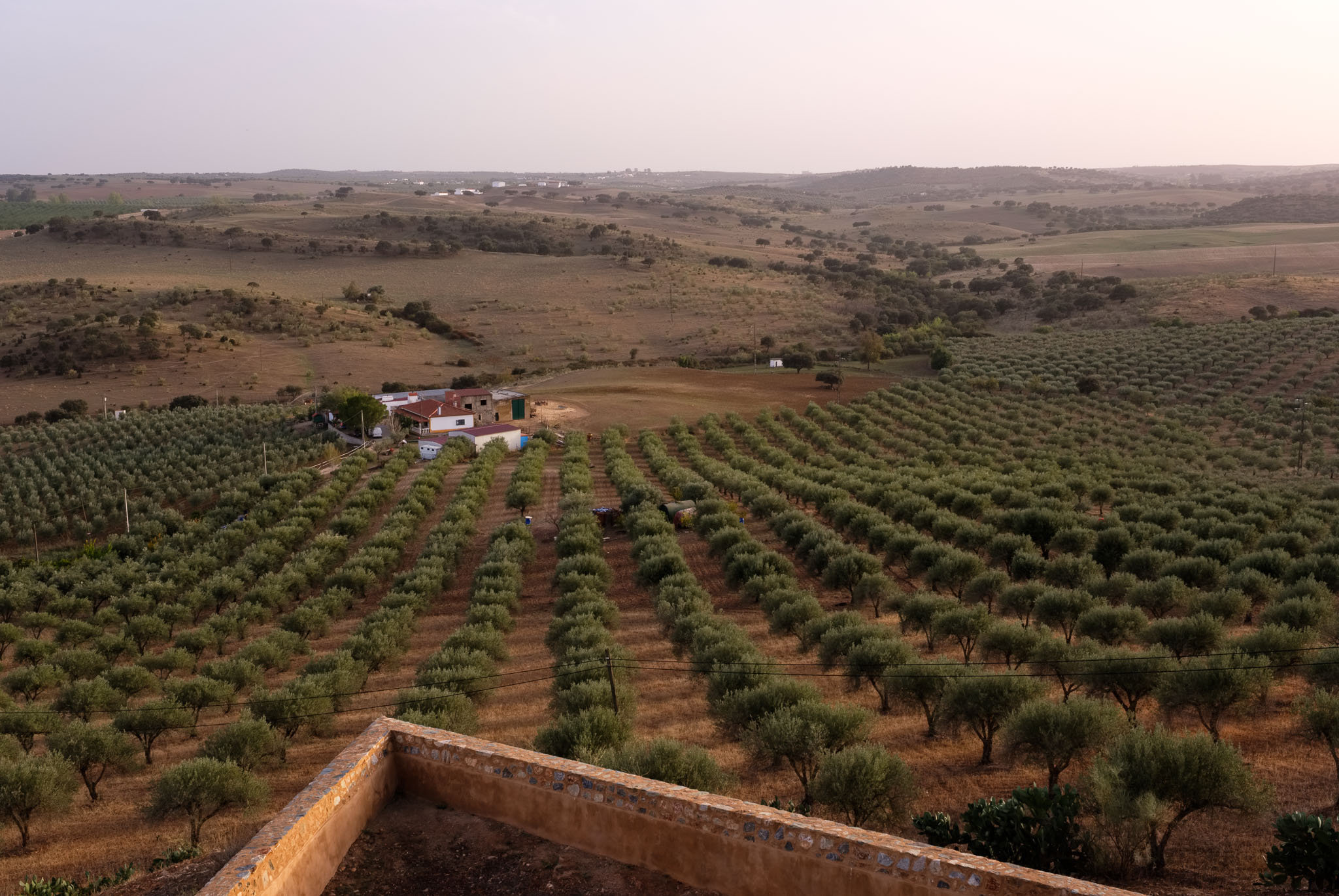
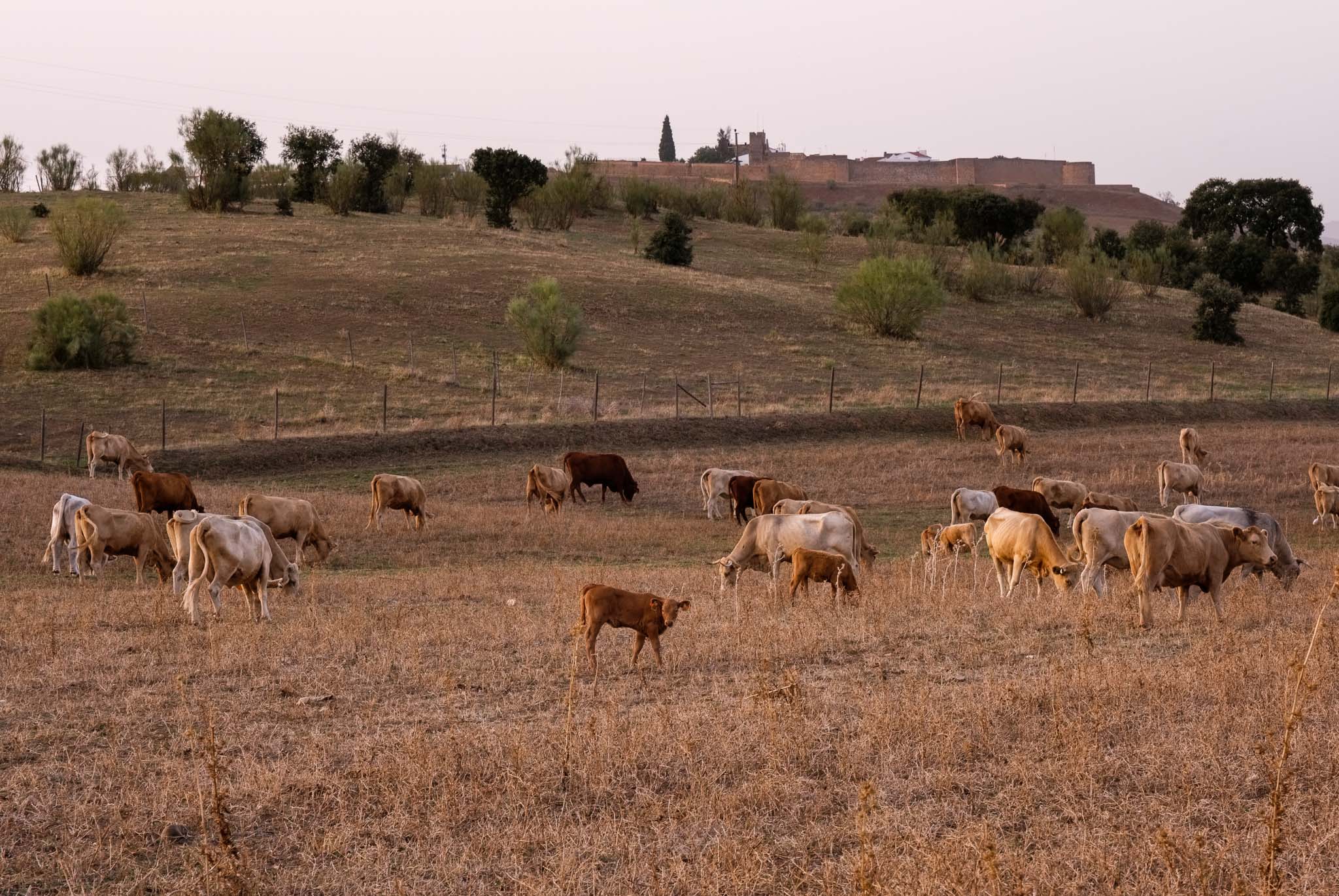
This was a perfect way of ending this first day of the trip.